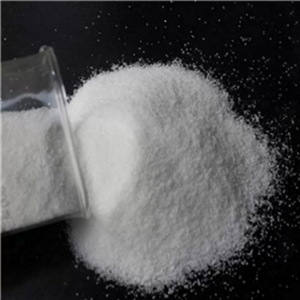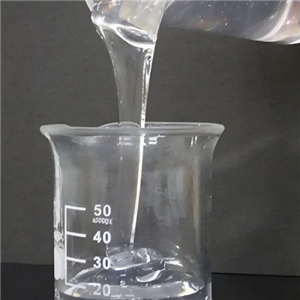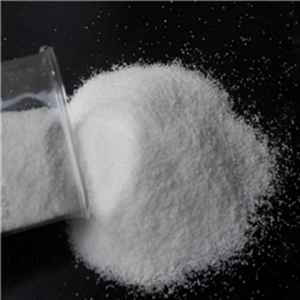Several dosing methods of polyacrylamide
1.Gravity dosing for cationic or anionic powder: --Principle: Utilizing the gravitational force, the powder anionic and cationic are dosed in the suction pipe of the water pump or at the suction bell mouth of the suction well and the mixture of polyacrylamide is achieved by the rotation of the water pump impeller. --Advantages: The equipment for diluting powder anionic (polyacrylamide) is simple, no additional power equipment is required and the operation cost is low; the operation is relatively simple and easy to maintain. --Disadvantages: The dosing position of anionic powder is limited and can only be dosed at specific suction pipes or suction bell mouths; the dosing accuracy of powder anionic is relatively low and is greatly affected by factors such as water flow. --Applicable scenarios of using polyacrylamide: Suitable for small-scale water treatment systems or occasions with low requirements for dosing accuracy, such as some small sewage treatment stations and small water purification plants. 2. Pressure dosing to dilute the polyacrylamide: --Principle: Utilizing the pressure generated by equipment such as water pumps or water ejectors, the polyacrylamide is dosed into the raw water pipe. This method can dose the cationic and anionic powder into the pressure water pipe or into the water purification structures with higher elevations and longer distances. --Advantages: The dosing range of powder cationic is wide and can meet the dosing requirements of different positions and heights; the dosing accuracy of cationic powder is relatively high and the dosing amount can be controlled by adjusting parameters such as pressure. --Disadvantages: Special pressure equipment such as water pumps or water ejectors is required and the equipment investment and operation and maintenance costs are high; the requirements for the sealing and pressure resistance of the equipment are high. --Applicable scenarios of powder anionic: Suitable for large-scale water treatment systems, water supply systems of high-rise buildings, long-distance water transmission projects and other occasions with high dosing requirements. 3. Water pump dosing to dilute emulsion flocculant: --Principle: The cationic and anionic emulsion flocculant is lifted into the pressure pipe by the water pump in the solution tank. A metering pump can be directly used or other acid-resistant equipment can be used for enhancement. --Advantages: The dosing accuracy of anionic emulsion flocculant is high and the dosing amount of the cationic or anionic emulsion flocculant can be accurately controlled; continuous dosing can be achieved to ensure the stability of the treatment process. --Disadvantages: The price of metering pumps and other equipment is high and the investment cost is large; the requirements for equipment maintenance and management are high and regular calibration and maintenance are required. --Applicable scenarios of using emulsion flocculant: Suitable for water treatment systems with high requirements for dosing accuracy and large treatment water volume, such as urban sewage treatment plants and large industrial wastewater treatment stations. 4. Batch dosing to dilute polyacrylamide: --Principle: The dosing amount is divided into two or more parts. First, add a part of the polyacrylamide and quickly mix anionic powder with water. After an interval (usually1--2 minutes), add another part of the flocculant and then quickly mix it with water again. --Advantages: It can avoid the combination of excessive polyacrylamide concentration with sediment and other substances, resulting in the consequence of blocked active groups, thereby improving the polyacrylamide effect; it can reduce the waste of anionic powder and lower the treatment cost. --Disadvantages: The operation is relatively complex and multiple dosing and mixing operations are required; the control requirements for the dosing time and dose are high. --Applicable scenarios of using polyacrylamide: Suitable for the wastewater treatment process of treating high-turbidity water or wastewater with high sludge concentration, which can significantly improve the flocculation effect.




